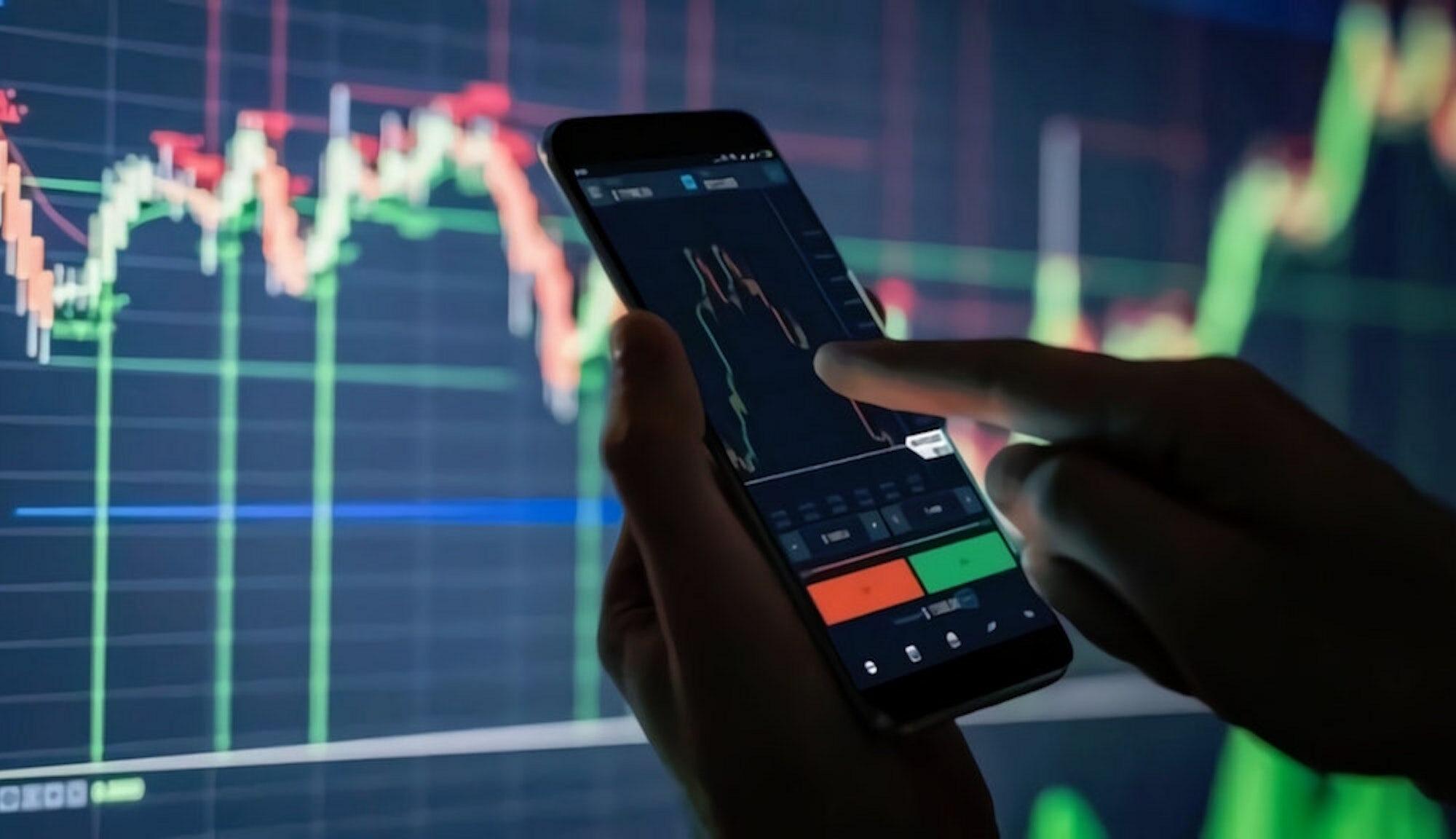Unraveling the Intricacies of Exchange Traded Funds
Dare to take a stroll down the labyrinthine lanes of finance, and you’re likely to bump into the enigma that is the Exchange Traded Fund, or ETF, in popular parlance. Casting a vast shadow over traditional mutual funds, the ETF has emerged as the darling of the investment world. But why, you ask? Let’s dive into the murky depths and resurface with newfound enlightenment.
Entrance to the Maze: An Introduction to ETFs
Envision an investment fund strutting around the stock exchange, holding hands with stocks, embodying their very traits. That, my friends, is an ETF. It’s an index tracker, shadowing its movements like a dedicated stalker. Need exposure to an entire market segment? Yearn to delve into a specific industry? With ETFs, you can do all that, sidestepping the fuss of acquiring individual stocks.
Walking the Path of Benefits
The allure of ETFs lies in their low expense ratios, a welcoming sign that invites investors to keep more returns. But there’s more. These financial instruments offer a liquidity that even mutual funds can’t match, allowing real-time trading during market hours. That’s right. Buy. Sell. Trade. Anytime. All while getting a comprehensive market or industry exposure without fiddling with individual stocks.
A Trip to the Dark Side: The Downside of ETFs
The ETF party isn’t all confetti and champagne. Trading on an exchange, they’re susceptible to brokerage commissions and bid-ask spreads. And the market forces that influence individual stocks? They apply to ETFs too. Result? Enhanced volatility.
A Quick Detour: The Varieties of ETFs
ETFs are like an artist’s palette, full of different shades, each with its unique allure.
Equity ETFs, the most prominent, invest in stocks, keeping a close watch on an index’s performance. They can either be a jack of all trades (broad-based) or a master of one (specific industry or market segment).
Fixed-income ETFs prefer bonds and other securities of the same ilk, offering a taste of government, corporate, or municipal bonds.
Commodity ETFs play in a different field, focusing on gold, silver, oil, and agricultural products.
For those with a taste for foreign flavors, Currency ETFs invest in foreign currencies, tracking a specific currency exchange rate.
Then there are the daredevils – Inverse ETFs, profiting from the decline in an underlying index or asset, and Leveraged ETFs, amplifying returns of the underlying asset with higher risks in tow.
Guiding You Through: Investing in ETFs
Investing in ETFs can be as easy as pie if you know the steps.
First, find your sherpa – a broker that offers a smorgasbord of ETFs, low commissions, and an intuitive trading platform.
Next, choose your path, an ETF that aligns with your interests and has a low expense ratio.
Once chosen, it’s time to plan your trek, determining the asset allocation based on your goals and risk appetite.
And remember, always keep an eye on your holdings, and shuffle them around to match your investment goals.
Shedding Light on Costs: Understanding ETF Fees and Expenses
Fees can be a tricky business, popping up when least expected. Be mindful of the expense ratios, the annual fees that nibble at your returns. And those brokerage commissions you pay when buying or selling ETFs? They count too. Not to mention the bid-ask spreads that widen during periods of market volatility or with less liquid ETFs.
It’s not all roses in the world of ETFs. Market volatility can make the value plummet, and liquidity can be an issue for less-traded or lower-volume ETFs. Credit risk looms large for ETFs dealing with bonds or fixed-income securities. And, the promise of tracking an index may fall short due to several factors, leading to a tracking error.
Tax Pitfalls and Escapes: Tax Implications
ETFs do have a silver lining in the tax department, offering tax advantages over mutual funds. But, capital gains tax awaits when an appreciated ETF is sold, and dividends aren’t tax-free either. However, ETFs are generally more tax-efficient than mutual funds, thanks to lower portfolio turnover and in-kind transfers.
The Best Choices: Some Top ETFs
If navigating the thousands of ETFs seems daunting, fear not. Here are some top contenders:
The Vanguard Total Stock Market ETF exposes investors to the entire U.S. stock market.
The iShares Core S&P 500 ETF and SPDR S&P 500 ETF Trust track the S&P 500 index.
The Schwab U.S. Large-Cap ETF dabbles in large-cap U.S. stocks.
At Journey’s End: The Conclusion
With lower fees, heightened liquidity, and all-day trading possibilities, ETFs certainly have an edge over traditional mutual funds. Yet, they carry inherent risks like market and liquidity risk. By understanding these, and selecting the right ETFs, an efficient and diverse portfolio can be yours.
Answers at a Glance: FAQs
What’s the difference between an ETF and a mutual fund? ETFs strut around the stock exchange, while mutual funds are bought and sold at the day’s end.
Can ETFs be used for day trading? Absolutely! ETFs are a day trader’s delight.
How are ETFs taxed? ETFs follow the tax rules of stocks and mutual funds – capital gains tax and dividend tax.
What is an inverse ETF? It’s an ETF designed to profit from a decline in the underlying index or asset.
Are ETFs a good investment for beginners? Definitely! But understanding the risks and selecting the right ETFs for your investment goals and risk tolerance is key.

